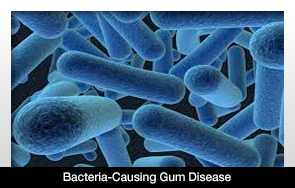 |
A great deal of information can be taken from recent studies about early childhood caries.
The articles, “Hypoplasia-Associated Severe Early Childhood Caries—A Proposed Definition” (lead author Page Caufield, New York University College of Dentistry) and “Deciduous Molar Hypomineralization and Molar Incisor Hypomineralization” (lead author M.E.C. Elfrink, Academic Centre for Dentistry, Amsterdam), analyze many aspects of caries.
A new classification of severe early childhood caries, hypoplasia-associated severe early childhood caries, is something that affects children living in impoverished areas. Children that are malnourished, suffer from many illnesses and difficult birthing situations are predisposed for these kinds of dental problems. This form of childhood caries is unique because of the etiology.
To prevent this form of caries, dentists must forge some kind of partnership and intervene with pregnant mothers before their children are even born. Better dental care and better dental education would go a long way to curb this problem.
The other study analyzed the interaction between deciduous molar hypomineralization (DMH) and permanent molar incisor hypomineralization (MIH). The results of the study concluded that DMH could be used an indicator for MIH based on the prevalence of each in children. DMH and MIH levels were at 9 percent and 8.7 percent, respectively, in children. There were more than 6,000 children studied to compile the data.
All of this information could provide dentists and physicians with methods to lower the current levels of children affected by early childhood caries.

|










